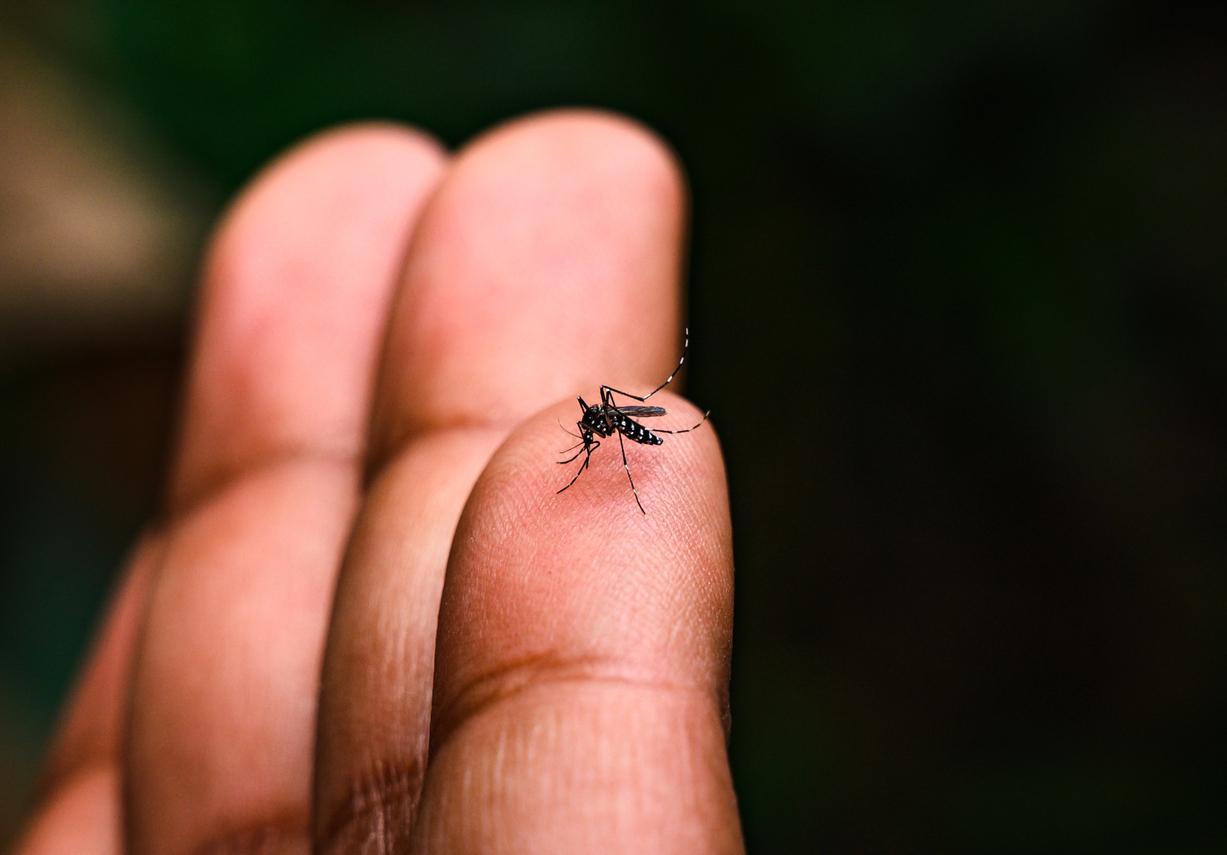By directly measuring the concentration of various chemical substances present in the environment and in the tissues and biological fluids of individuals (blood, urine, hair, etc.), the Institute for Public Health Surveillance (InVS) provides a first analysis of the French exposure to three families of pesticides: organochlorine pesticides (HCB, HCH, DDT and its metabolite DDE, chlorophenols), organophosphate pesticides and pyrethroids.
” France is the largest user of pesticides in Europe, but so far we do not have national data on the impregnation of the population with these agents apart from a few borderline cases of local studies. Contamination of food and the environment with pesticide residues can lead to chronic exposure with suspicious health effects such as the onset of cancer, disruption of fetal and child development and disruption of reproductive systems. , endocrine, immune and / or central nervous »Explains InVS.
Very high concentrations
Pyrethrinoid pesticides are synthetic analogues of pyrethrins, and are the most widely used family of insecticides today. They are used in agriculture (field crops, vines, fruits and vegetables, pest control for farm animals, horticulture, warehouses, greenhouses), for the protection of wood (arboriculture, forestry, sawmills, treatment of frames and furniture, etc.). ), for the treatment of public buildings (hospitals, offices, shops, etc.), transport vehicles and goods transported or stored, as domestic insecticides (homes, gardens, pest control products for domestic animals).
Urinary concentrations of all metabolites measured were higher than those observed in Germany, Canada or the United States.
Organochlorine pesticides
Organochlorine pesticides enter the environment through their use, emissions from industrial facilities that produce them or through the dumping of contaminated waste in landfills. Because these chemicals are soluble in fat, they are found at higher concentrations in fatty foods and in particular, in animal fats.
Serum HCB levels observed in France in 2006-2007 in adults aged 18 to
74 years (MG: 24 ng / g lipids) were about the same as in Italy about a third weaker than in Spain, 2 to 3 times weaker than in Germany. On the other hand, they were 1.5
twice as high as in UK, USA and about 2.6 times as high as
Canada.
Organophosphate pesticides
Organophosphate pesticides are indeed authorized in agriculture for multiple uses.
“Exposure to organophosphates is mainly by the oral route, mainly through the ingestion of contaminated food,” recalls the InVS.
Overall, urinary dialphylphosphate concentrations in the French population aged 18 to 74 were lower than those of the German population but higher than those of Americans or Canadians.
“The consumption of certain foods (fish, fruits and vegetables, dairy products and the domestic use of pesticides (veterinary anti-flea treatments or in a vegetable garden) can significantly modify the concentrations of pesticides,” adds the INVS.
This study was carried out in 2006-2007 with a representative sample of the French population residing in metropolitan France (adults aged 18 to 74 and children aged 3 to 17).


















